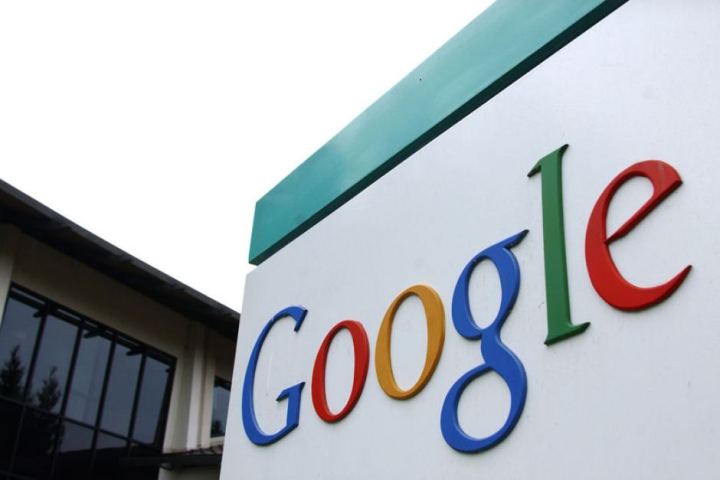
While some 300 million people are already online in India – with 100 million of those using the Web for the first time in the last 12 months – Google says that by installing hotspots at 400 of the country’s busiest rail stations it can enable some of the remaining billion people to jump online “so they can access the entire Web, and all of its information and opportunity.”
The company’s decision to target India’s rail network makes sense when you consider that it’s one of the largest in the world, with around 23 million people traveling on it every single day.
High-speed Internet
Revealing the plan over the weekend, Google CEO Sundar Pichai, himself born in India, said his company wouldn’t be providing “just any old connection,” but instead Internet speeds fast enough to allow travelers “to stream a high definition video while they’re waiting, research their destination, or download some videos, a book or a new game for the journey ahead.” Google aims to get the first hotspots up and running in the coming months, with the first 100 operating by the end of 2016.
Partnering with Indian Railways and Internet services firm RailTel, Google’s scheme will rank as the largest public Wi-Fi project in the country, and among the largest in the world, by number of potential users.
The service, which Google will launch as a free offering with the aim of making it self-sustainable over time, could help drive sales of its Android One budget smartphones that the company started selling last year in India and other developing countries. And, of course, more Internet users means more eyeballs for Google’s lucrative ads business.
Google’s announcement coincided with a visit to its Silicon Valley HQ by Indian prime minister Narendra Modi, who’s spent the last few days meeting a number of big hitters in the tech industry.
Efforts to bring Internet access to underserved parts of the world have been gathering pace recently with a slew of tech firms working on a range of ambitious initiatives.
Besides Google’s latest plan for India, the company has also been developing high-altitude helium-filled balloons with technology capable of providing Internet connectivity to large areas.
In addition, Facebook’s Internet.org initiative, which involves partnerships with tech giants such as Samsung and Qualcomm, is working on similar sky-based plans, though instead of balloons it’s aiming to use drones and even lasers. SpaceX boss Elon Musk also has a plan to use satellites for a similar purpose, while Virgin founder Richard Branson is working toward the same goal, too.
Editors' Recommendations
- Your Google One plan just got 2 big security updates to keep you safe online
- Google says fix for Pixel 6 Wi-Fi is coming in March update
- Google Fi: Phones, plans, pricing, perks, and more explained
- Google is planning to test drones for fighting fires
- Google partners with India’s largest telecom operator on a budget smartphone

